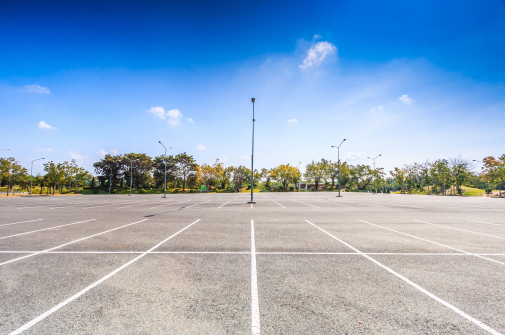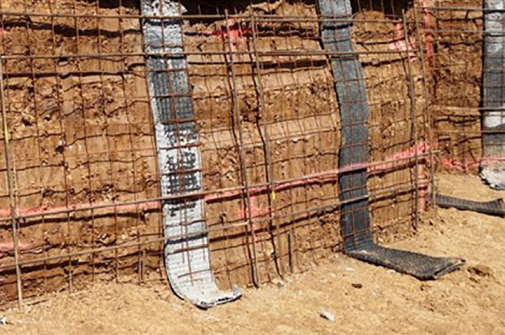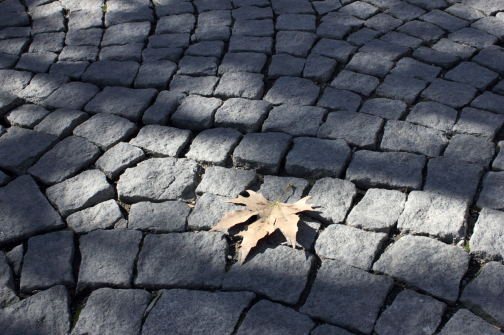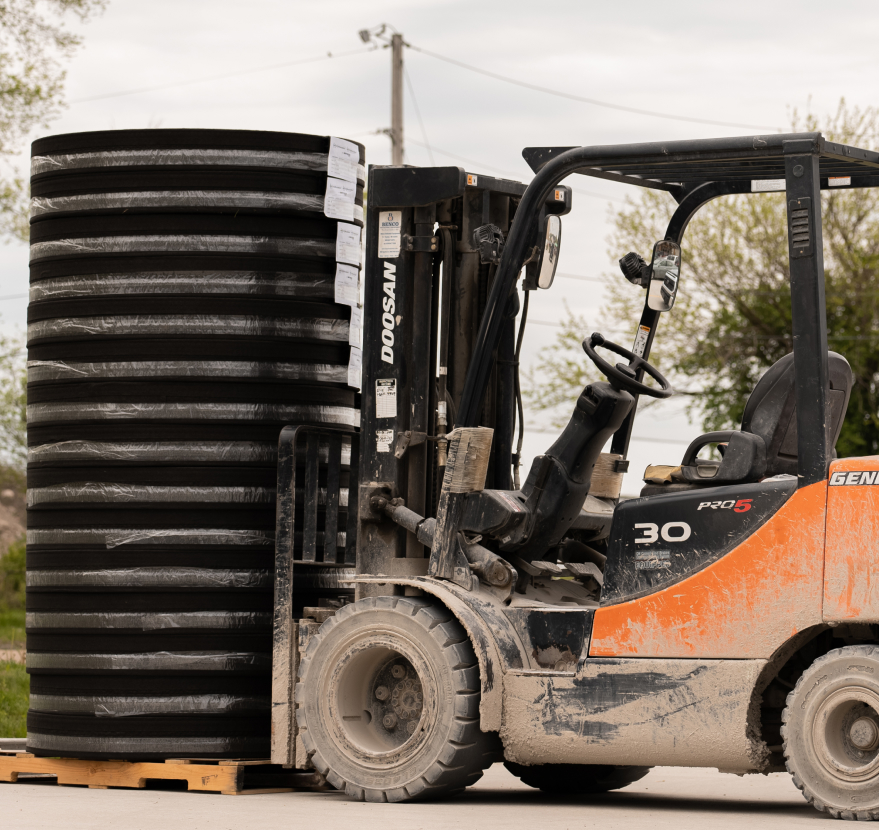Versatile and Easy to Work With
Hydraway simplifies drainage work in construction with products that combine versatility and ease of transport and installation.
Our products feature flat strip drains and drainboards, which cuts initial labor costs while performing better 15, 20 and even 30 years down the line. By relieving hydrostatic pressure and reducing erosion, Hydraway drainage systems keep civil infrastructure in top condition for longer.

Edge Drains for Roadways, Highways, and Runways
Hydraway and HydraPanel are the most technically advanced commercial drainage systems on the market today, delivering higher in-flow rates and compressive strength than traditional perforated pipe systems. Our innovative technology is designed to reduce the risk of freezing water and subsurface erosion - keeping roadways, highways, and runways open, operable, and safe. Our systems are being used worldwide to replace aging drainage pipes along these infrastructures.

Parking Lots
Parking lot surfaces gradually allow water to seep through them over time, eventually posing challenges or causing damage for lots without proper drainage. Erosion under the lot can create empty spaces and weaknesses, and trapped water will freeze and expand, causing cracks and jeopardizing the integrity of the lot. Installing an effective drainage system like Hydraway can extend the life of the parking lot.

Earth Retention Systems
Using a Hydraway Drainage System on earth retention applications is the most effective solution for temporary and permanent support for retaining walls, building excavations, and tiebacks. The powerful combination mitigates the erosive effects of water. With installation that is far easier than conventional perforated pipe drainage systems, we ensure the project moves forward seamlessly.

Paver Drainage
Hydraway drainage systems can be installed alongside and underneath pavers of all shapes, colors, and styles. Whether the pavers are being used for patios, decks, or driveways, or perimeters for any of these, a Hydraway drainage system will help prevent erosion, cracking, and level changes. It efficiently collects water and channels it away from your patio, deck, or driveway.
Hydraway vs.
Conventional Systems
Hydraway features the industry’s highest in-flow rate, allowing water to enter the system and flow freely to its destination in a way that traditional systems simply cannot match.
Hydraway is uniquely made from needle-punctured fabric that is thermally bonded to the main flat drain structure, which prevents dirt, silt, and sand from entering the system.
Hydraway features are innovative technology that allows it to be shipped in coils without any coil memory, resulting in far quicker and easier installation.

Contact Us
Please complete the form below for more information on our solutions or to learn about our distributor’s program.
